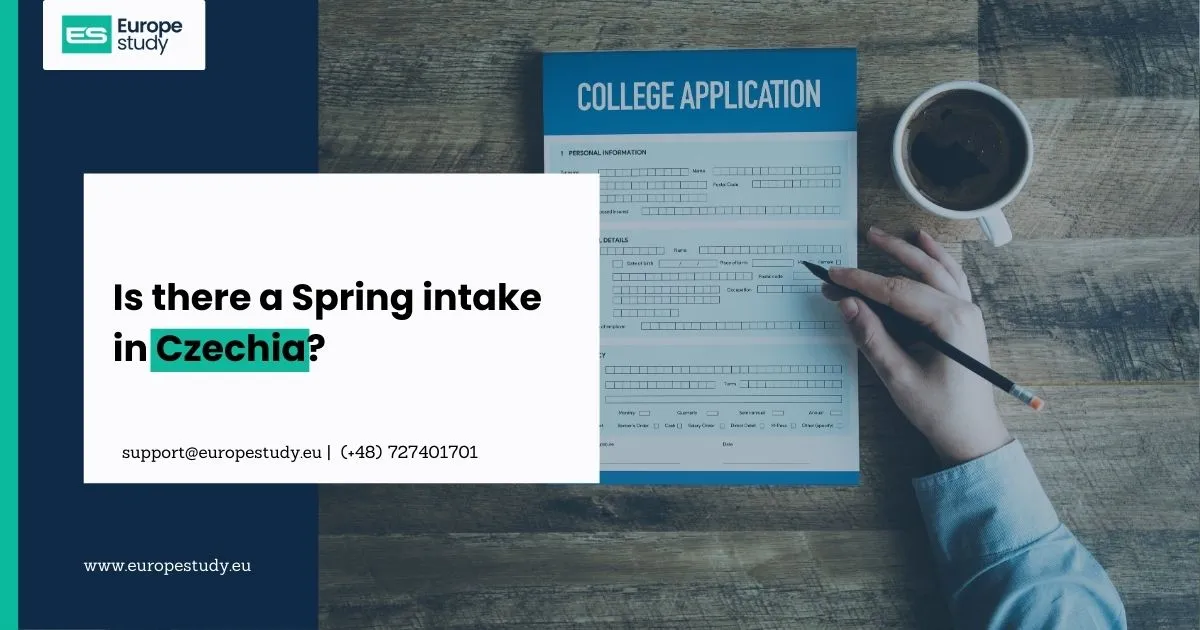
How to Study in Italy for Free?
Italy is not only famous for its rich culture, historic landmarks, and world-class cuisine but also for being one of Europe’s most affordable destinations for higher education. With prestigious universities, English-taught programs, and a variety of scholarships, studying in Italy can often be achieved at little to no cost.
1. Italian Government Scholarships
The Italian government offers a range of funding opportunities to support international students. These scholarships often cover tuition fees, accommodation, and living expenses. Key programs include:
-
Invest Your Talent in Italy – Supports students from selected countries with free education and a monthly allowance.
-
MAECI Scholarships – Financial aid for undergraduate, master’s, and PhD students.
2. University-Specific Grants
Many top universities in Italy provide scholarships based on academic merit and financial need. Popular options include:
-
University of Bologna – Unibo Action 1 & 2 Scholarships
-
Politecnico di Milano – Merit-Based Scholarships
-
University of Padua – Wide range of international student funding
These grants can significantly reduce or completely waive tuition costs.
3. Regional Scholarships
Italy’s regional authorities also provide financial support to students. These regional scholarships often cover tuition, housing, meals, and other expenses. Popular regions offering support include:
-
Lazio
-
Tuscany
-
Lombardy
4. Tuition Fee Waivers
Many Italian universities offer tuition waivers for international students, often linked to strong academic performance. Maintaining good grades can help you qualify for reduced or even free tuition.
5. Part-Time Jobs & Internships
International students in Italy are allowed to work part-time (up to 20 hours per week). This not only helps cover living expenses but also provides valuable work experience. Universities often assist students in finding internships and campus-based opportunities.
6. Erasmus+ and Exchange Programs
If you are studying at a European university, the Erasmus+ program allows you to spend a semester or full academic year in Italy without additional tuition costs. Exchange agreements between universities worldwide can also provide similar opportunities.
7. Learn Italian for More Opportunities
While many programs are available in English, knowing Italian opens the door to more scholarships, part-time jobs, and cultural integration. Many universities offer free or low-cost Italian language courses for international students.
8. Private Scholarships and Organizations
Numerous private foundations and organizations also provide scholarships to students wishing to study in Italy. Applying to multiple programs increases your chances of securing funding.
Studying in Italy for free is not just a dream—it’s entirely possible with the right planning. By combining government scholarships, university grants, regional aid, tuition waivers, and part-time work, international students can enjoy a world-class education in one of Europe’s most beautiful countries without financial stress.





